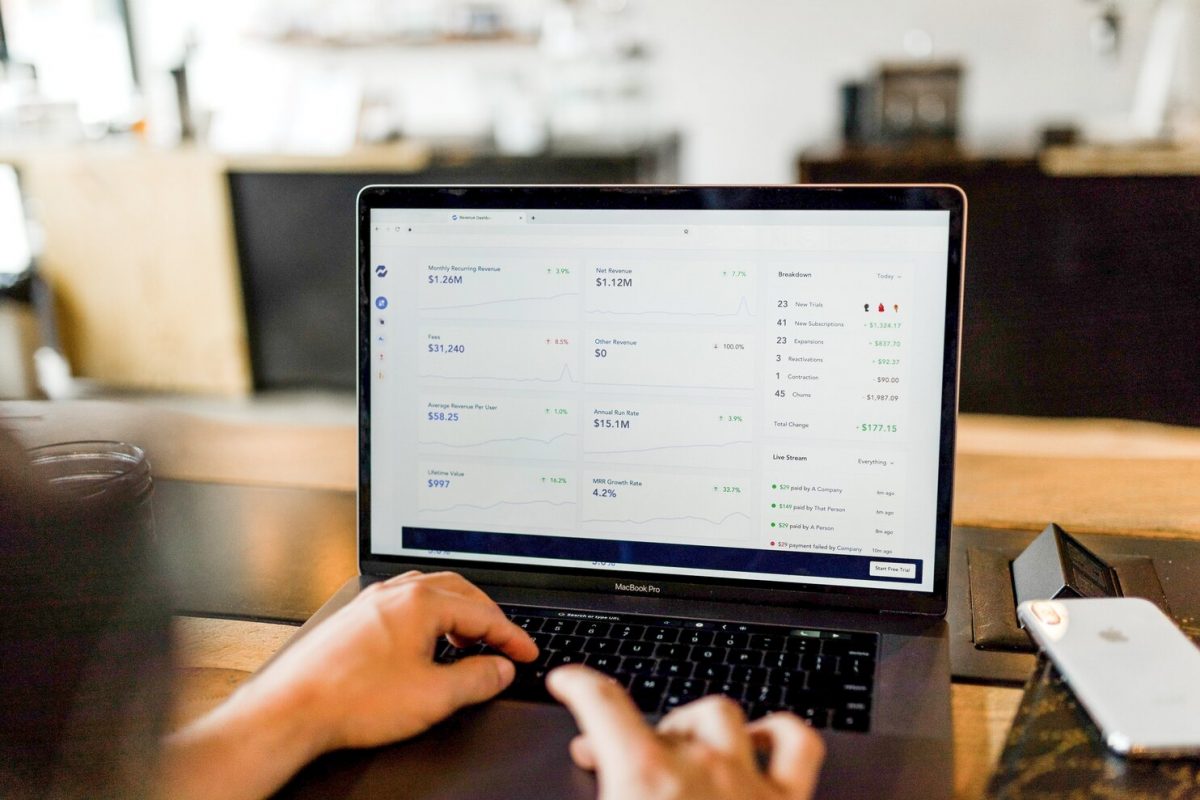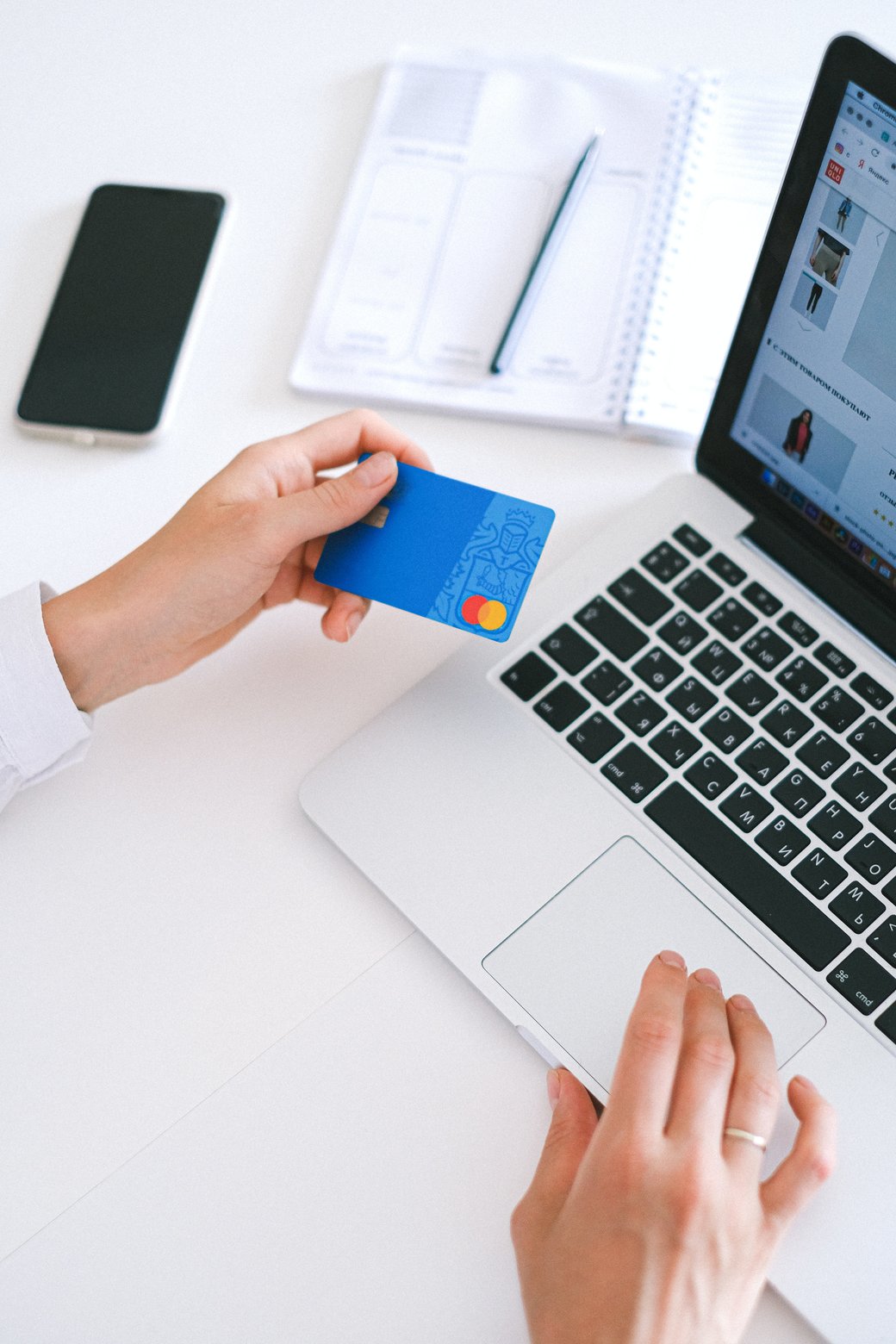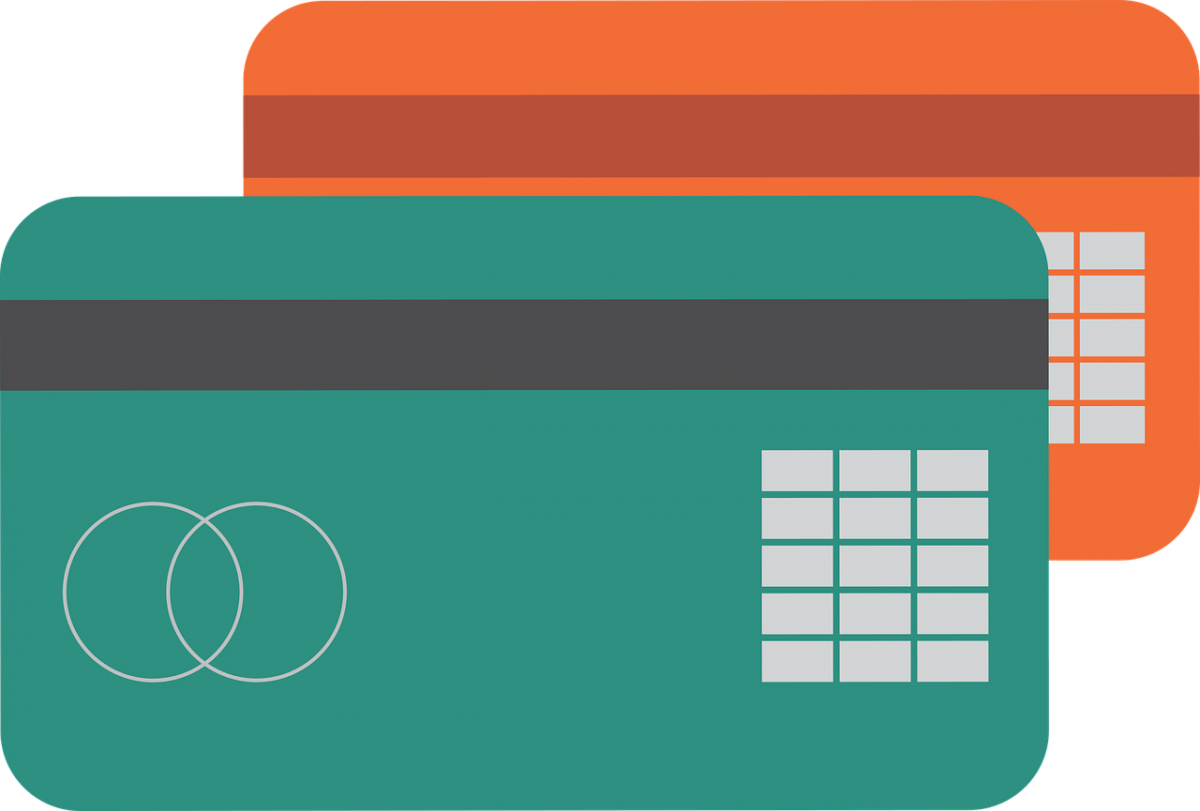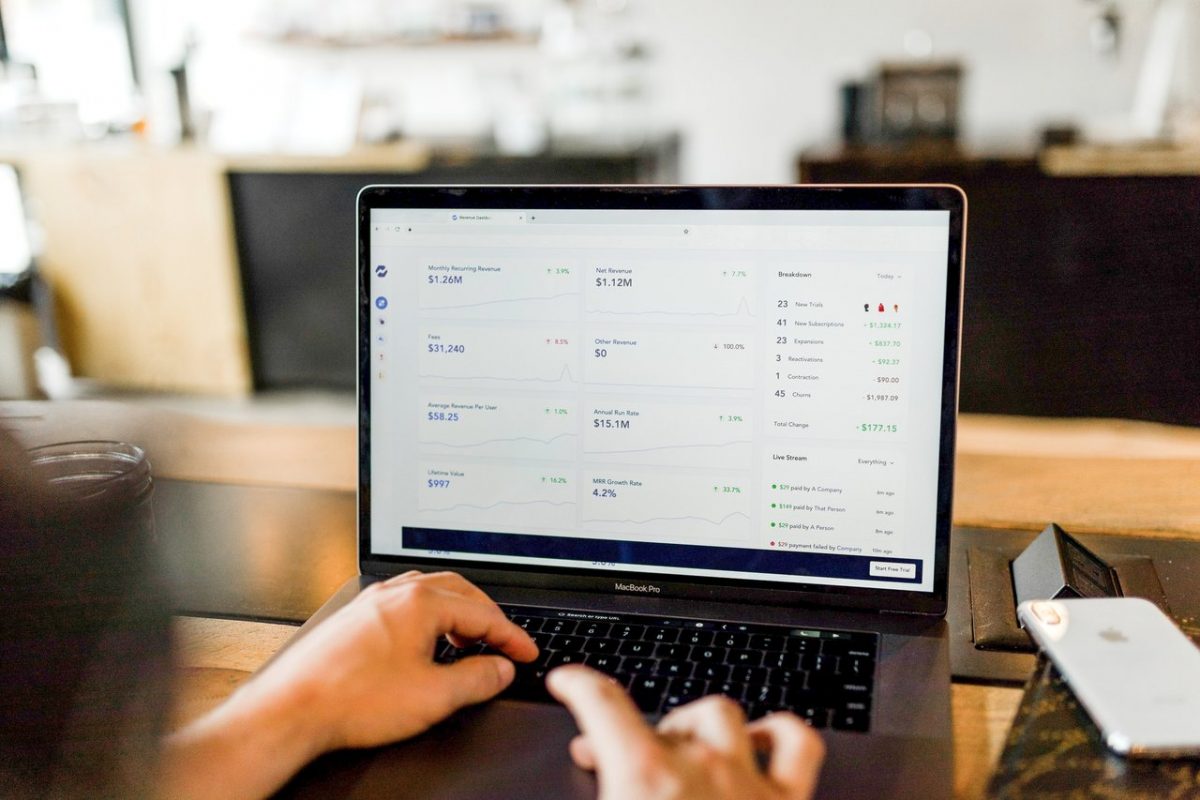Giropay is a bank debit payment method used in Germany. Nearly all German banks link with it, including Sparkasse, Volksbanken, GLS Gemeinschaftsbank, Deutsche Kreditbank, Bankhaus Ellwanger, Bankhaus Bauer, and more. It lets customers transact online and pay through their savings or debit account.
Customers verify payments through this option with either a two-factor authentication system or a PIN. Paying through here is suitable for business models that need guaranteed payments. Once the customer has verified his security details, the funds are automatically transmitted. This method is similar to Bancontact from Belgium, Malaysia’s Financial Process Exchange (FPX), and iDEAL, from the Netherlands.
How to transact online through Giropay
Using this payment method is straightforward and does not take more than five steps. An e-commerce store looking to present it as a choice for customers can use a payment page builder to integrate it with their store.
- First, the customer lands on the checkout screen at the merchant’s website. When he selects Giropay as the payment option, he will be redirected to the page for finalizing payments.
- On Giropay’s page, he enters his bank details and confirms the purchase. Once he has done this, he will receive an SMS with his authentication number.
- The user enters the number into the redirect page, and hits send. Instead of two-factor authentication, some people get a second redirect to their bank’s website, where they will input a PIN they have set for online transactions.
- After confirming the purchase a second time, the Giropay redirect screen will confirm that the payment is complete.
- Some merchants redirect the shopper back to their website after this entire process. If he has an account with the e-commerce site, he can view their order’s progress.
What are the benefits of using this method?
Giropay serves as a gateway, letting customers transfer funds between local banks or purchase online via bank transfer. The system uses AES 256-bit encryption with TLS 1.2, which means your money will be safe when you use this method.
Payments made through this option are free for the customer since these are coursed through their banking partner. Furthermore, Giropay can be integrated with international money transfer services like Skrill and PayPal, which lets users enjoy greater flexibility, especially when purchasing items from international sellers.
How secure is Giropay against fraud?
Fraud and unrecognized payments are unlikely with this method since the customer is the one who authorizes the transfer of funds. Since there are no recurring payments, there is no dispute process that might result in a chargeback and withdrawing of funds.
If one happens, a dispute is likely to be between the customer and their bank and will be handled between them. There will be no dispute information on the dashboard.
Are refunds possible on this platform?
You can apply for refunds for transactions completed through Giropay, but there is a window for it. Applications for a refund may only be processed within 180 days from the original charge date. After this, the user can no longer refund the charge.
Conclusion
Giropay is a secure and reliable way to transfer funds. Integrating this payment method will give Europe-based customers more options for transactions and personalizes their e-commerce experience.
Payment Page helps you tailor your audience’s shopping journey to your e-commerce store. Create a hosted payment page to integrate with your WordPress website and make online transactions easier than before. Join us today or get in touch for more details!









